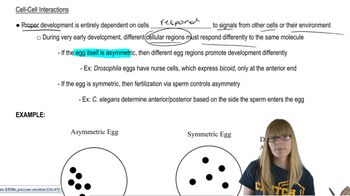Multiple Choice
Using the variance calculated in problem #2, what is the standard deviation?
 Verified step by step guidance
Verified step by step guidance Verified video answer for a similar problem:
Verified video answer for a similar problem:



 11:1m
11:1mMaster Mathematical Measurements with a bite sized video explanation from Kylia
Start learning